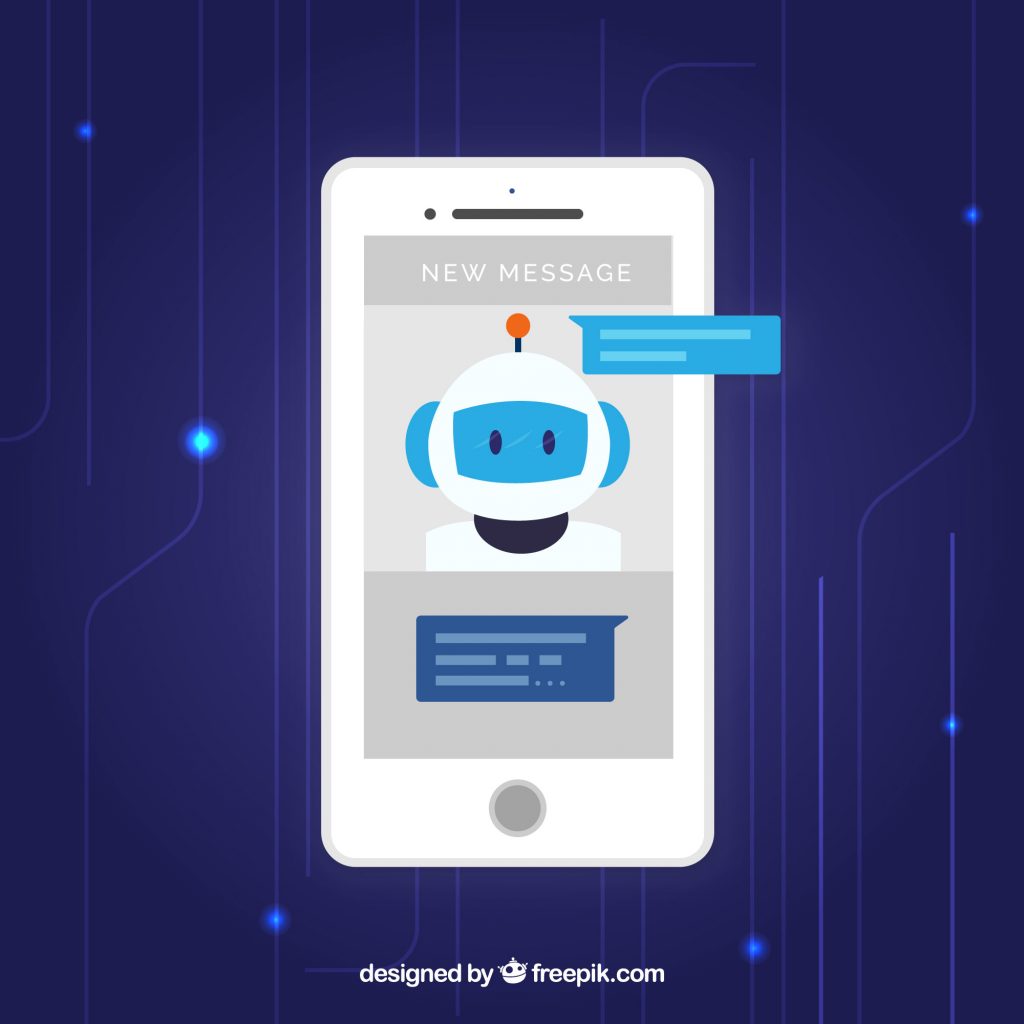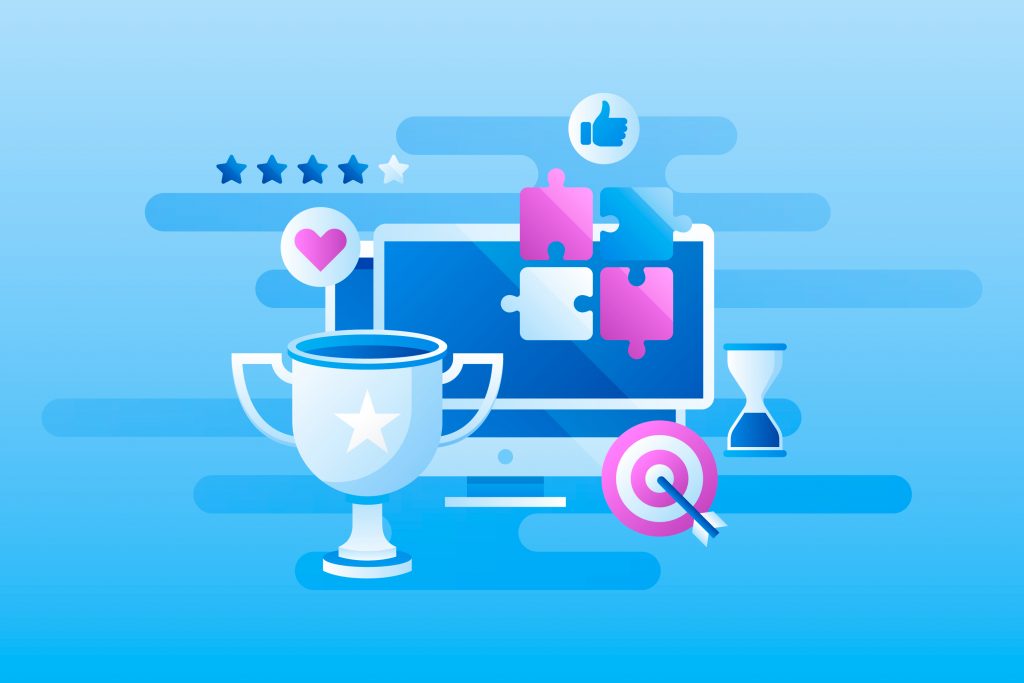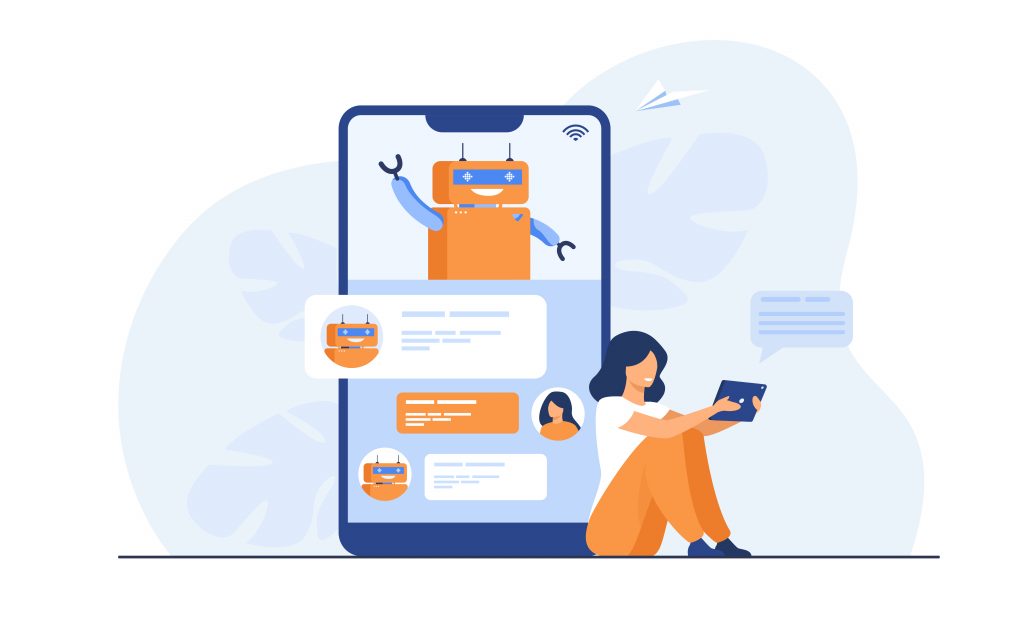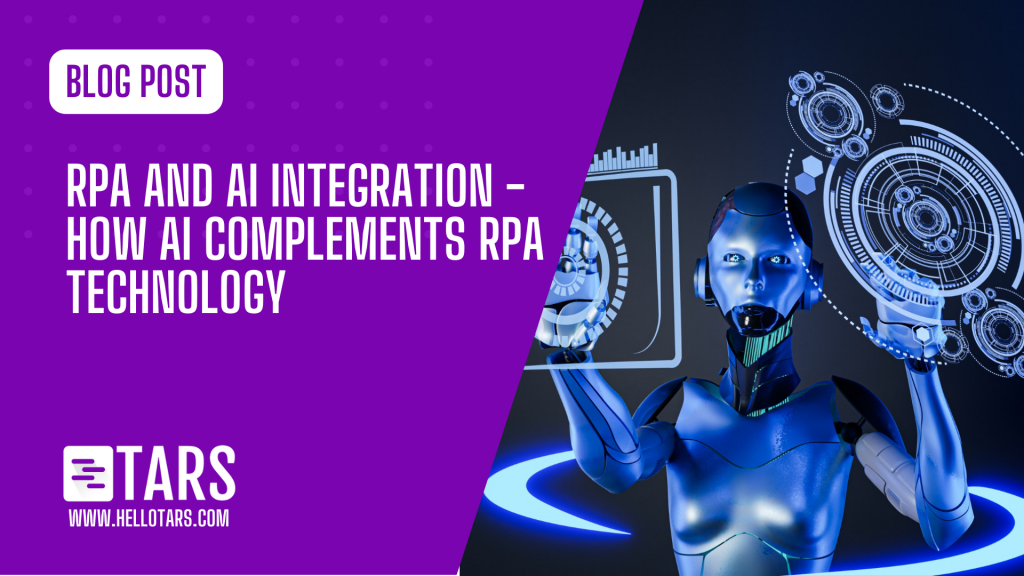RPA and AI integration is a surefire way to future proof businesses. As businesses look for ways to stay competitive in their respective industries, many are turning to automation technologies such as robotic process automation (RPA) and artificial intelligence (AI).
While RPA focuses on automating repetitive tasks, AI enables machines to learn and make decisions based on data.
In this article, we’ll explore how RPA and AI can work together to achieve more efficient and effective automation.
What is RPA?
Robotic process automation, or RPA, is a technology that allows businesses to automate repetitive and rule-based tasks, such as data entry and processing.
RPA software can mimic the actions of a human worker, logging into applications, copying and pasting data, and performing other routine tasks.
RPA can help businesses save time and reduce errors, while freeing up employees to focus on higher-level tasks.
What is AI?
Artificial intelligence, or AI, is a technology that enables machines to learn and make decisions based on data. AI can be broken down into different types, such as machine learning, natural language processing, and computer vision.
Machine learning, for example, involves training algorithms to recognize patterns in data and make predictions based on that data. AI can help businesses make better decisions, improve customer experiences, and automate complex tasks.
RPA and AI Integration
While RPA and AI are often seen as separate technologies, they can work together to achieve more efficient and effective automation.
RPA can help to automate repetitive and rule-based tasks, while AI can help to make decisions based on data and learn from past experiences.
By combining RPA and AI, businesses can achieve more advanced automation, allowing them to streamline processes, reduce costs, and improve the quality of their products and services.
Most Popular Use Case for RPA and AI – Chatbots

One example of RPA and AI integration is in the field of customer service.
Chatbots are the most popular use case for RPA and AI integration, as they can automate routine customer inquiries while also learning from past interactions to provide better responses over time.
For instance, a chatbot can be programmed to answer frequently asked questions and escalate more complex inquiries to a human representative.
Chatbots can also be programmed to handle more complex queries with the help of AI integrations.
By using RPA and AI together in the form of chatbots, businesses can improve the efficiency and effectiveness of their customer service operations.
Book a free demo with our in-house experts to learn more about how chatbots can aid your business by helping you leverage the combined power of these two technologies.
Benefits of RPA and AI Integration – How AI Complements RPA

When RPA and AI are integrated, businesses can benefit from:
1. Improved decision-making
AI can analyze data and provide insights that can be used to optimize RPA workflows and make better decisions. For example, a business may use RPA to automate data entry tasks and then use AI to analyze the data and identify patterns or anomalies. This can help the business make more informed decisions about its operations.
2. Increased efficiency
RPA can automate repetitive, time-consuming tasks, while AI can optimize and improve these processes over time. For example, an insurance company may use RPA to automate claims processing and then use AI to identify patterns in claims data and improve the accuracy and speed of the process.
3. Better accuracy
AI can improve the accuracy of RPA processes by identifying and correcting errors, resulting in fewer mistakes and improved quality. For example, a manufacturing company may use RPA to automate its assembly line and then use AI to monitor the process and identify any defects or errors.
4. Enhanced customer experience
RPA and AI integration can enable businesses to provide more personalized and efficient customer experiences, resulting in higher customer satisfaction. For example, a bank may use RPA to automate its account opening process and then use AI to analyze customer data and provide personalized recommendations for financial products and services.
Best Practices for RPA and AI Integration

To overcome these challenges and realize the benefits of RPA and AI integration, businesses should follow these best practices:
1. Start small
Begin with a pilot project to test RPA and AI integration in a small, controlled environment. This can help businesses identify any issues or challenges early on and make adjustments as needed.
2. Collaborate
Involve experts from both RPA and AI teams in the integration process to ensure success. This may involve cross-training and collaboration between teams to build a shared understanding of the technologies and how they can be integrated.
3. Set clear goals
Before embarking on an RPA and AI integration project, businesses should set clear goals and expectations for the project. This can help ensure that the project aligns with the organization’s strategic objectives and that the benefits of integration are clearly defined.
4. Address data quality
Data quality is critical to the success of RPA and AI integration. Businesses must ensure that the data used for automation is accurate, complete, and consistent. This may involve implementing data governance processes and data cleansing activities to ensure that the data meets quality standards.
5. Plan for scalability
As RPA and AI integration projects grow, businesses must plan for scalability. This may involve investing in additional infrastructure or technology to support increased automation, as well as developing processes for managing the growing volume of data generated by automated processes.
How to Start Using Chatbots to Leverage the Power of AI and RPA for Your Business

As mentioned above, Chatbots can help you leverage the power of both AI and rule-based technologies. Simply book a free demo and our in-house team of experts will personally explain the entire process to you.
We at TARS, help companies build both rule-based and AI-powered chatbots. In fact we recently launched a powerful AI chatbot builder called TARS Prime. Try it out for free here 👉 https://admin.hellotars.com/ai/create-chatbot. All you need to do is upload a knowledge base of your choice (website URL/PDF links, etc.) and click on ‘create chatbot’. The tool will generate a bot trained on the knowledge base you provide. This bot can understand natural human language and answer questions accurately by referring to the knowledge base you provided.
And if you need any help, our professional team is always at your service. Simply Book a free demo to get started.

My name is Vinit Agrawal and I am the Founder and CTO of Tars. I have been working on the Tars Chatbot Builder since 2015 and my core strength is in building software products with simple and functional user experiences focusing on bringing some core business results. My current role in the company is a mix of Product Manager, Engineering Manager and in Business & Marketing Strategy.

0 Comments on "RPA and AI Integration – How AI Complements RPA Technology"